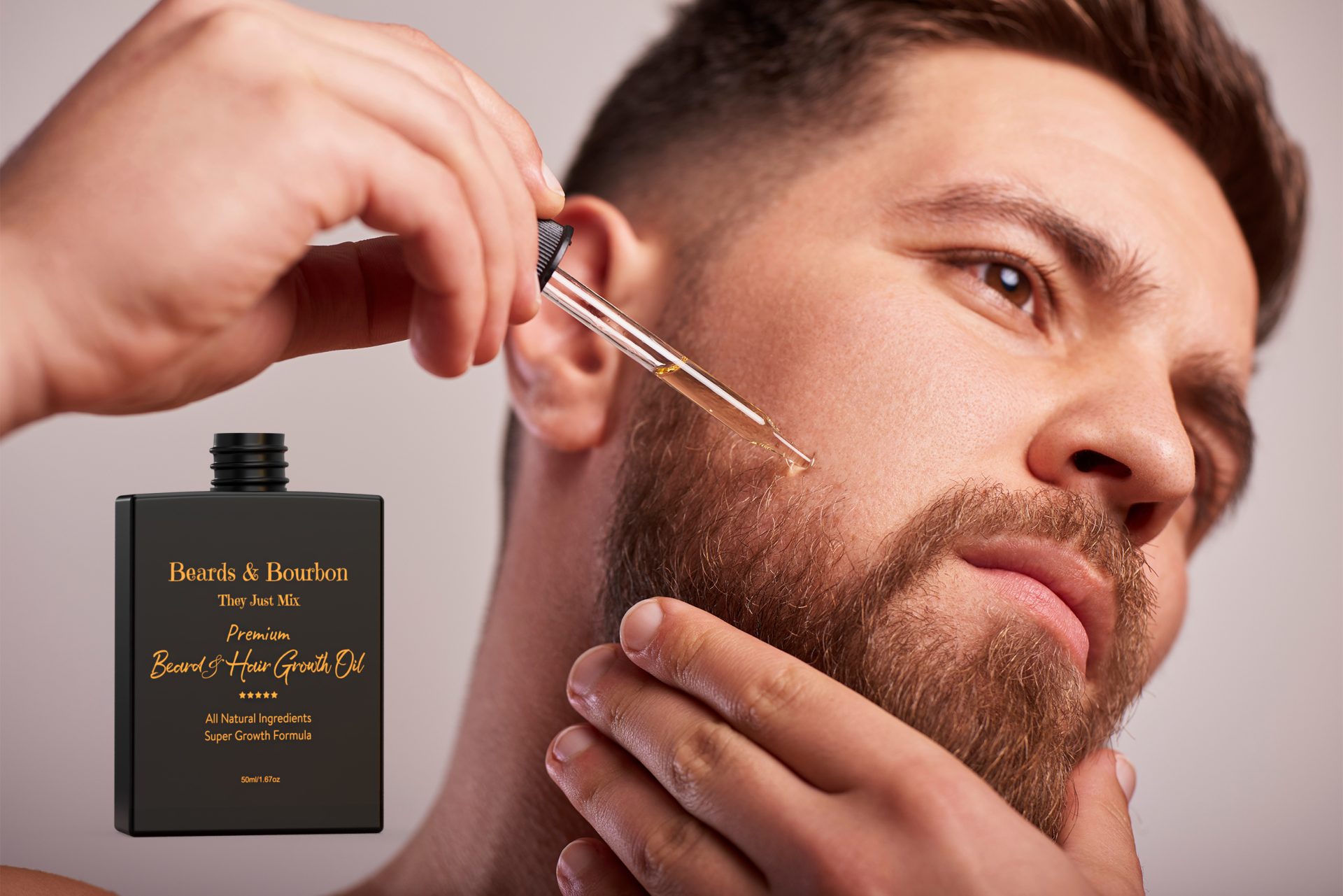Razor bumps, also known as pseudofolliculitis barbae, are a common nuisance for many men, particularly those with curly hair. These irritating bumps occur when hairs curl back into the skin and cause inflammation. They’re not only uncomfortable but can also detract from the appearance of a well-groomed beard.
Here’s a guide on How to Tackle Razor Bumps Under the Beard
Understanding Razor Bumps
Razor bumps occur post-shaving when the hair begins to grow back. Curly hair is particularly prone to curling back into the skin, leading to irritation and bumps. It’s a condition that’s prevalent but manageable.
Prevention is Key
- Proper Shaving Technique: Use a sharp, single-blade razor. Multi-blade razors cut the hair too short, allowing it to grow back into the skin. Shave in the direction of hair growth and avoid stretching the skin.
- Pre-Shave Preparation: Soften the beard with warm water and use a hydrating shaving cream. This preparation reduces the risk of hair curling back into the skin.
- Regular Exfoliation: Gently exfoliate the skin a few times a week to remove dead skin cells. This practice prevents hair from becoming trapped under the skin.
Post-Shave Care
- Soothing Products: After shaving, apply a soothing aftershave lotion or balm to reduce irritation and moisturize the skin.
- Avoid Close Shaves: Allow a bit of stubble to remain if you’re prone to razor bumps. Ultra-close shaves increase the risk of hairs growing back into the skin.
Treating Existing Razor Bumps
- Warm Compress: Apply a warm compress to the affected area to soothe irritation and reduce swelling.
- Topical Treatments: Over-the-counter products containing salicylic acid or glycolic acid can help treat razor bumps by exfoliating the skin and freeing ingrown hairs.
- Avoid Picking or Squeezing: This can lead to infection and scarring. If an ingrown hair is visible near the skin’s surface, you might gently tease it out with a sterile needle, but be cautious.
When to See a Dermatologist
If your razor bumps are particularly severe or if you suspect an infection, it’s wise to consult a dermatologist. They can provide professional treatments and recommend prescription-strength topical solutions.
Conclusion
Razor bumps under the beard can be frustrating, but with the right shaving techniques, preventive measures, and post-shave care, they can be significantly reduced. Remember, every skin type is different, so it may take some time to find the routine that works best for you.
Disclaimer: This blog is for informational purposes only and does not substitute for professional medical advice. Always consult with a healthcare provider for personalized care and treatment.




